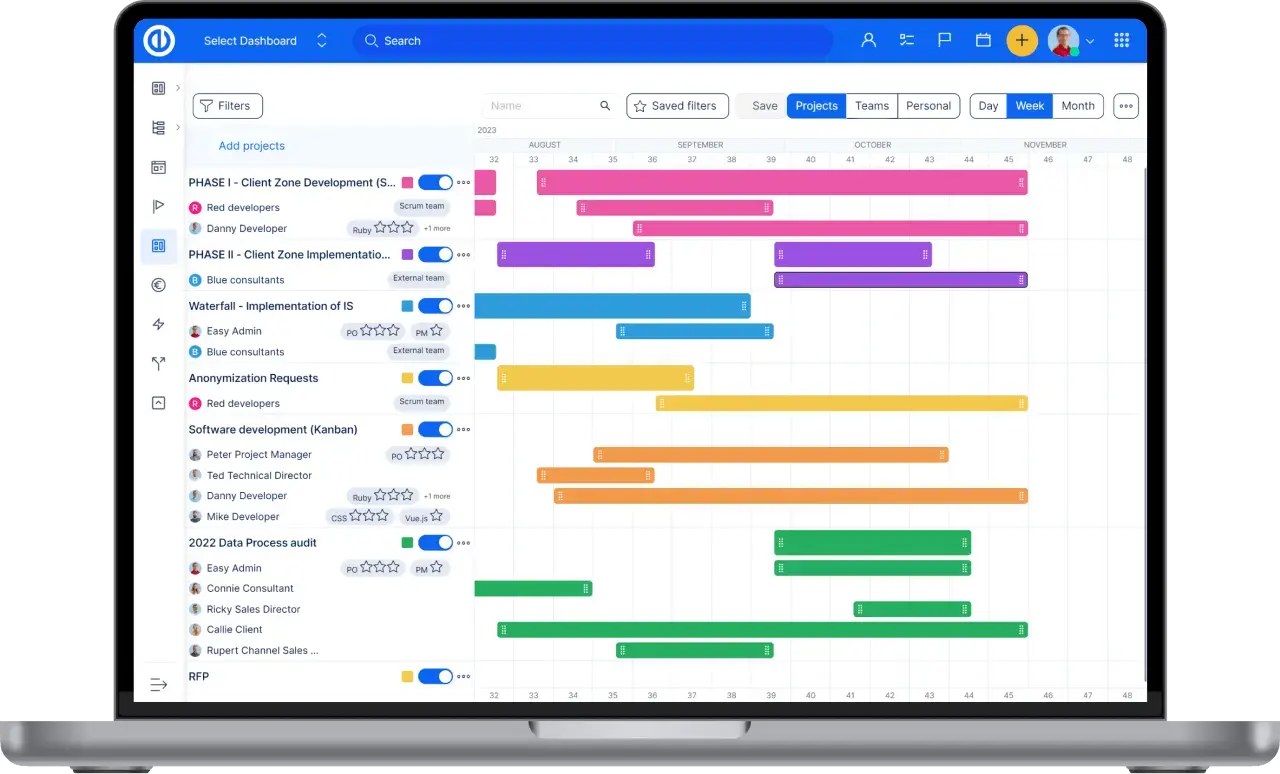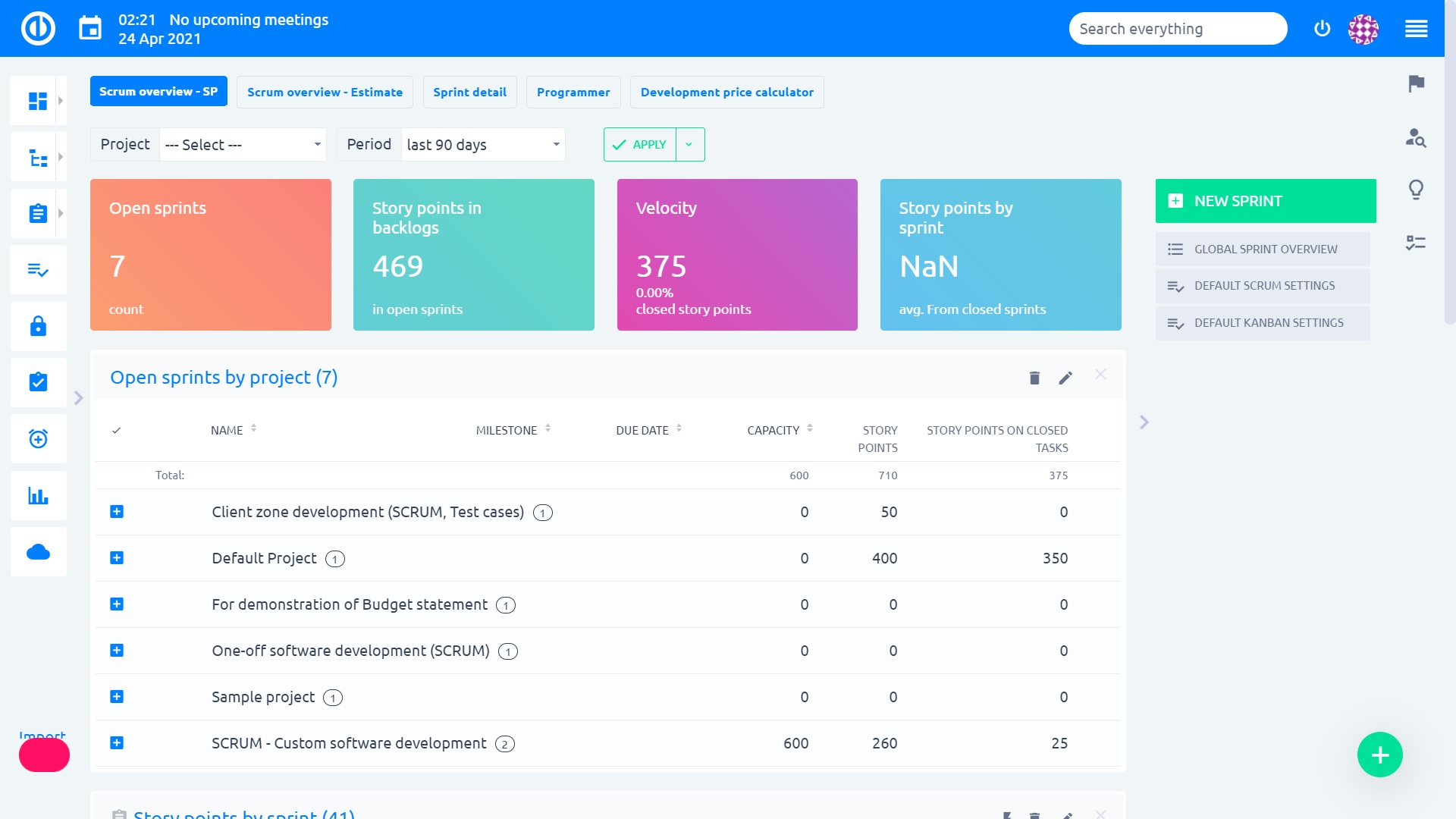How to Switch Successfully to Agile Project Management: What to Do (And Not Do) To Make Your Agile Transformation Work
The agile strategy has become the buzzword and its adoption rightly sounds tempting – it promises greater customer satisfaction, faster time-to-market, and higher revenues at lower costs.

But project managers will mainly like the promise of greater involvement of individual team members. But as usual, everything depends on preparation.
We will show you on the next lines how to transform to agile.
Agile project management is on the rise – more and more companies are switching to it worldwide, and it seems that this trend will continue in 2021. However, not everyone can handle the transition.
The reasons for failure are various, but most often it is the lack of knowledge about the methodology itself and the underestimation of preparation for the transformation. Look at what to think about before you definitely decide for agile management.
Agile vs. Waterfall – Clash of Titans (and Mindsets)
The basis of agile thinking is an iterative - repetitive approach. It is thus the opposite of the waterfall model, in which the team gets an "exact command from above" and must follow it 100%.
On the contrary, requirements - user stories, and subsequently also partial solutions - deliveries, are developed thanks to cooperation and communication between independently functioning teams and the client.
In terms of time, the teamwork takes place in so-called sprints – short intervals (mostly two to four weeks). Each sprint means work on a new task, which is then part of the entire result.
The assignment can be flexibly changed and modified in the process, as can be the output - agile management is therefore also ideal for on-the-fly learning. We often do not know at the beginning (and we cannot even know) what product or solution we will come up with.
Let us view this as a lot of small, separate projects with their own deliveries, thanks to which the client immediately sees a partial result and can react to it immediately.
We get to the final product gradually, and not all at once, in the sense of "We've been working on this for the last six months, here's the result and we believe you'll like it, because if you don't, we'll have a heart attack."
Easy Project – Sprint Dashboard
What You Will Encounter in Agile Project Management
Whatever your reasons for transformation to an agile approach, here's an overview of the basic elements - and positions - that you cannot do without.
- Kanban: Kanban is a method originally designed for development teams. Its functionality is handled by the popular Kanban board: simply put, you “divide” the entire project into three columns – TO DO, DOING, and DONE. You then move the individual parts of the project between them depending on the stage it is in.
This way, you can easily share, assign, and comment on tasks that can involve multiple team members at the same time - everyone can quickly see what to do and when it's their turn. Here you can find out which Kanban tool will be suitable for you and your team and company. - Scrum: If you prefer more structured management, based on a large number of short sprints, SCRUM will probably suit you. This is the most used method within the agile approach - its biggest benefit is that it makes your work on projects significantly clearer.
Similar to Kanban, SCRUM was originally used for IT projects and is now applied across various fields. To work with SCRUM, you will need SCRUM software, and you will be using the SCRUM dashboard most often. - Scrum Master: A person who oversees the processes and procedures on which SCRUM works, but at the same time is sensitive and flexible enough to be able to bring new solutions that make work more efficient, even during sprints. If you are switching to an agile system, these processes in your company should ideally be set up by someone who already has experience with SCRUM.
The SCRUM Master is not responsible for the output itself, but he arranges everything that helps the team function - from effective team communication to office ventilation. The SCRUM master uses his/her SCRUM master dashboard. - Sprint: When you already have the whole project divided into several smaller projects, on which separate teams work, you will deliver individual deliveries in so-called sprints. (In one sprint, you can deal e.g. with the design of a logo for your client, while the overall project is the visual identity of the company.)
The SCRUM Master will supervise the sprints, but all team members should have access to them. To have an overview of whether everything works as it should in the sprint, use the Sprint Dashboard.
3 Final Tips
The first tip is transparency from the beginning. The very nature of agile management is based on a better overview and increased independence of teams. Therefore, say out loud and to everyone what will happen. Changing the structure of work and placing more responsibility in the hands of colleagues can save many employees from burnout.
The second tip is related to change management. If you already have experience with it, the transformation will be a bit easier for you. If not, no problem. Hire some from the outside.
It may take a month to understand all the processes in the company and its operation, but as an experienced SCRUM master, this person will create a system from the beginning, thanks to which you will then save an incredible amount of time. And that's what it's all about.
And thirdly – a suitable project management tool will be essential for you. A software that is perfectly prepared not only for the management itself, will facilitate the transition to an agile strategy.
And we do not say that just because Easy Project is such a tool. We have tried several types of project management ourselves and we can say that we like something about each of them. For example, a project whose scope is precisely defined (real estate construction or software implementation) is better planned with the "classic" waterfall principle.
Easy Project, therefore, combines both methodologies and prepared bulletin boards for each of them. As part of agile management, you will have simple visual tools such as Scrum and Kanban dashboards and a personal Scrum dashboard.
Summary
Agile project management is and will be a trend in project management. Clearly communicating the transition to a new way of working will be of uttermost importance for you and your teams to clearly communicate the transition to a new way of working. In order for you to reap success with your colleagues and at the same time deliver results for the company, make sure that an experienced SCRUM master – may be an external consultant from us – will help you with the transformation to agile management.
Do not forget about quality project software, which has access to all instruments for agile management. If you have any additional questions, we will be more than happy to answer them.

All-in-one software for a modern project manager? Easy.
Get all powerful tools for perfect project planning, management, and control in one software.

